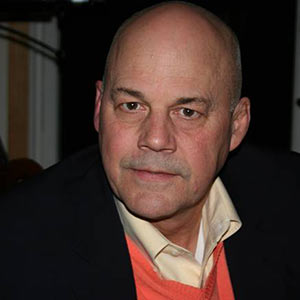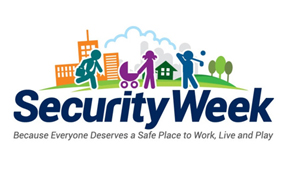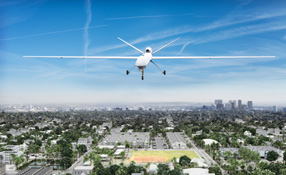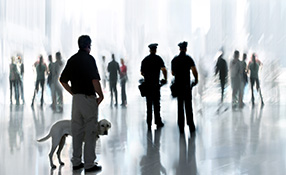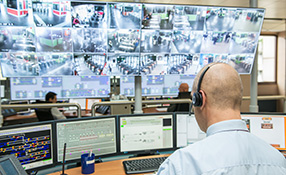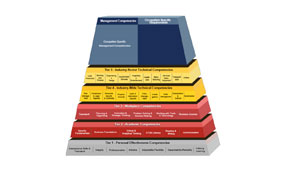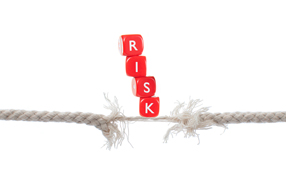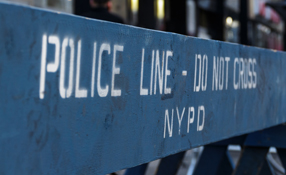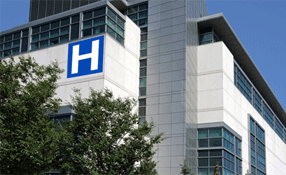Hospital security always counts. Patients may arrive from a crime scene and someone has to make sure they weren’t followed by trouble. Doctors, nurses and other medical personnel may come under blame for the death of a loved one and need protection.
Heightened Security Needs
Think for a minute, though, about the elevated need for security when the victims of a massacre — such as the Orlando massacre — arrive at the hospital. On the heels of the shooting at the Pulse Nightclub in Orlando a month ago, patients began pouring into hospitals across the city. Florida Hospital Orlando received 12 patients, who were treated for non-life threatening injuries. “All patients have since been released,” says William Marcisz, Senior Director of Security with Florida Hospital’s multi-campus system in metro Orlando.
"According to FBI records, there were 45 active shooter events between 2000 and 2006. The number of events rose to 115 over the next seven years" |
In the immediate aftermath of the shooting, law enforcement officials indicated that the police were investigating whether or not the attack had been the work of a group of conspirators. They worried that other shooters might pick up again elsewhere — perhaps at one of the several hospitals that accepted patients. To address this concern, Marcisz and his team tightened security throughout the hospital as patients arrived. “We partnered with local law enforcement and followed their lead,” he says. “In situations like this, we set up a unified command and work closely with the police to adjust our situational awareness and security.”
Marcisz also activated the hospital’s lockdown plan, which transforms the hospital’s open access environment into a hardened target.
Active Shooter Plans
Florida Hospital also has a comprehensive plan and to address an active shooter incident.
Many hospital institutions have developed similar plans because active shooter incidents are on the rise. According to FBI records, there were 45 active shooter events between 2000 and 2006. The number of events rose to 115 over the next seven years, from 2007 to 2012. What’s going on? Television and social media may be feeding the phenomenon, speculates Marcisz. He also suspects that shooters are learning from past incidents, researching tactical elements from past attacks and copying them. “On the security end, we are also learning how to defend better against attacks,” Marcisz says.
 |
| Organizations need a formal threat management team, with members drawn from security, human resources, the legal department and administration |
Workplace Violence Prevention
“In addition, we are educating the workforce and taking steps to become more proactive to address workplace violence in general.” Is it possible to prevent active shooter incidents? Marcisz and his team use various methods to keep patients, employees and visitors safe.
“The key is building a solid, multi-layered workplace violence prevention program,” he says. The program should include physical security measures, people with assigned security functions, and technology — plus education and training for people throughout the organization. Organizations also need a formal threat management team, with members drawn from security, human resources, the legal department and administration, adds Marcisz. “The threat management team investigates threats and incidents of workplace violence to ensure that there is no evolving or continuing threat,” he says. “Threat management teams are essential to mitigate risk to the organization, avoid liability and ensure business continuity.”
"Every member in the Florida Hospital Security Department has some level of certification through ASIS or IAHSS. Each job description calls for a certain level of certification" |
Marcisz believes in training and requires substantial training for everyone in the hospital’s security department. “Every member in the Florida Hospital Security Department has some level of certification through ASIS or IAHSS [International Association for Healthcare Security and Safety],” he says. “Each job description calls for a certain level of certification. If you don’t have the right certification for the job, you have to get it within a certain period.” For instance, new security officers have 90 days to obtain a Security Officer certification from IAHSS.
Marcisz’s security platform includes 2,500 security cameras and 2,500 access control points across the entire hospital system. The system Security Operations Division responds to 350,000 service calls of all kinds per year, while the security operations center receives 120,000 phone calls annually.
The successful program earned a 2014 Program of Distinction Award from IAHSS recognizing Florida Hospital as the largest hospital to certify 100 percent of its security force through the Association.
